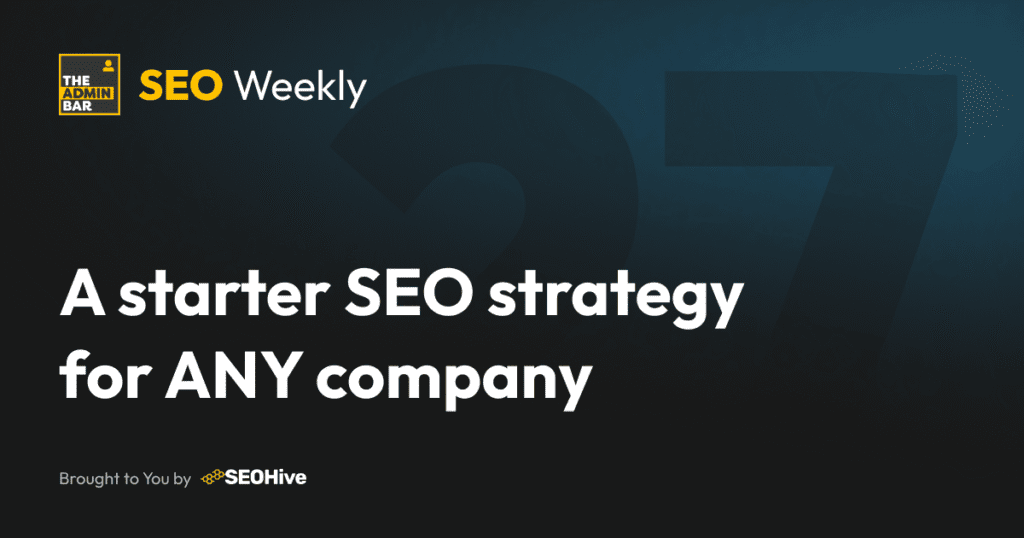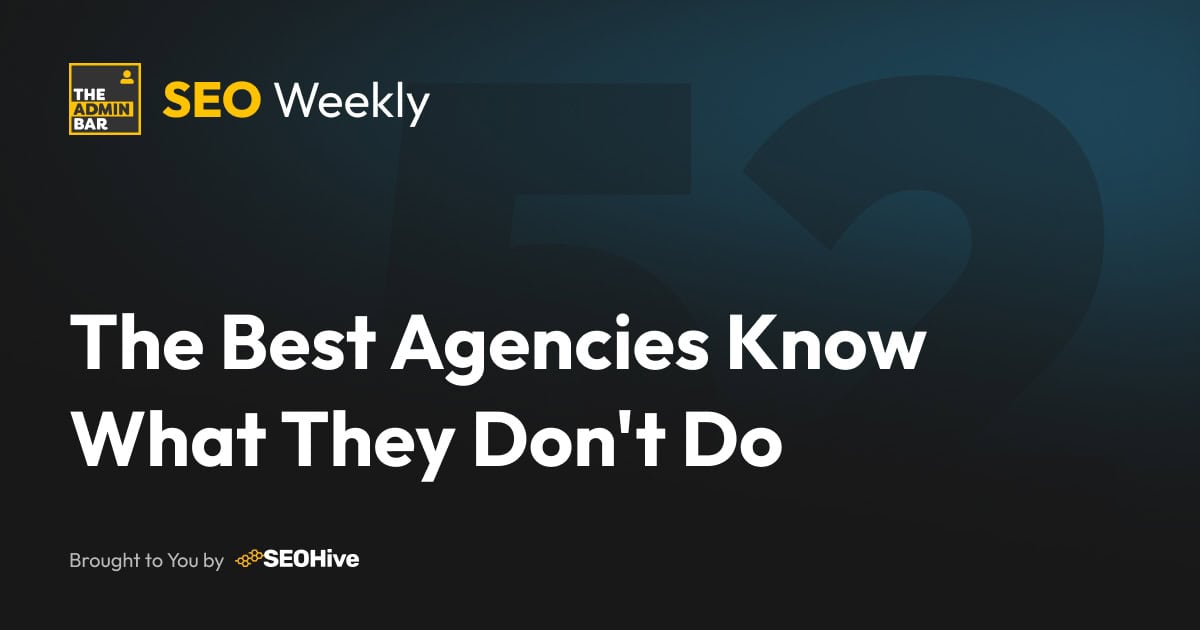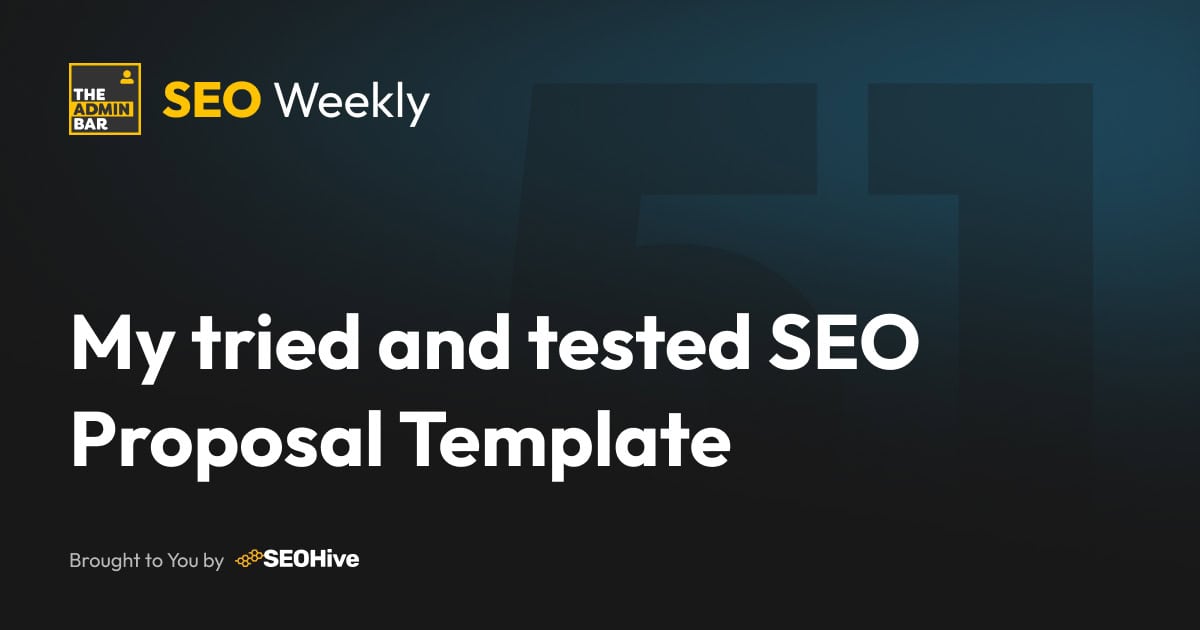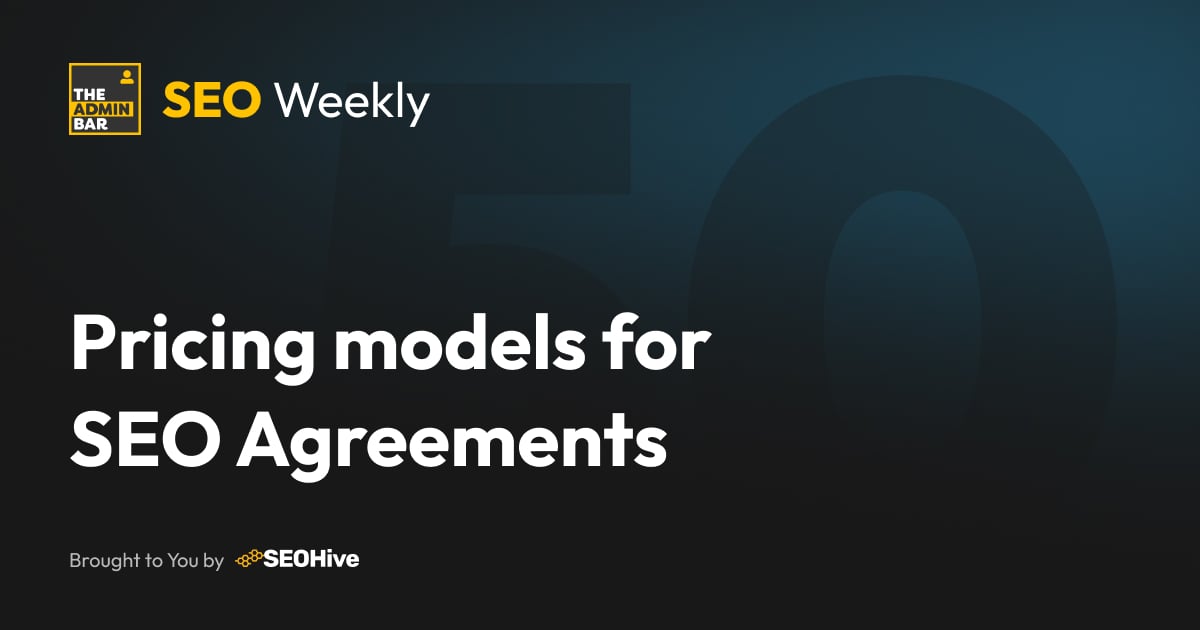I often think that no company can be too small to help, no company can be too small to be a potential opportunity in the future. However, we’ve all had inquiries come our way, and the moment we mention money, they balk at us or we get the good old “we’ll reconsider this when we have some budget” excuse…
There’s an old adage, “The best time to plant a tree was 20 years ago. The second best time is now.” The same wisdom applies perfectly to SEO.
So, rather than simply wishing these prospects good luck and sending them on their way, I’ve developed a framework that helps them plant their first SEO trees on their own – even without a “professional gardener” on staff.
Time vs. Money
Let me start with a truth I share with every prospect: SEO is NEVER “free.”
It either costs you money (hiring someone like me) or time (doing it yourself). There’s no magical third option where Google ranks you without either investment.
For those who can’t afford professional services, I offer this DIY framework. It won’t revolutionize their industry overnight, but it accomplishes three critical objectives:
1️⃣ It builds a solid content foundation that serves both users and search engines
2️⃣ It creates a structured framework that any future SEO can easily build upon
3️⃣ It already positions you as the trusted advisor, making it far more likely that when they’re ready, they will come straight back to you.
This approach is loosely inspired by Marcus Sheridan’s excellent book “They Ask, You Answer,” adapted specifically for businesses with limited resources but a willingness to invest time.
I’ve literally supplied this from the PDF I give to clients…
The 6-Step DIY SEO Strategy
Step 1: Product/Service Mapping
Start by mapping all your products or services into component parts. Think of this as creating a hierarchical structure:
- Main product/service category
- Component part A
- Component part B
- Component part C
As you do this mapping, keep a separate document where you note ANY questions customers regularly ask about each component or the products/services overall. These questions are SEO gold and will come in handy later.
For example, if you’re a residential plumber, your structure might look like:
- Emergency Plumbing
- Pipe Repairs
- Drain Clearing
- Leak Detection
- Bathroom Plumbing
- Shower Installation
- Toilet Repairs
- Faucet Replacement
Step 2: Create Core Product/Service Pages
For each main product or service category, create a comprehensive overview page. This isn’t a deep dive but rather a summary that introduces the service and briefly addresses each component part.
For each component part, write 1-2 paragraphs maximum, each with their own title (use an H2 if it’s easy to set in the back end of your website). Think of this as the “preview” that will later link to more detailed content.
Step 3: Complete Your Service Structure
Repeat Step 2 for every product or service you offer. This creates a consistent structure across your site and establishes your baseline service architecture.
Don’t rush this process. These core pages will be central to your site navigation and user experience.
Step 4: Component “Deep Dive” Pages
Now comes the heavy lifting. For EACH component part identified in Step 1, create a dedicated page of at least 1,200 words that thoroughly explains that specific element.
These pages should be set up as child pages of your main service pages, creating a logical hierarchy that both users and search engines can easily follow.
When each component page is complete:
- Link from the component page back to its parent service page
- Add a link in the relevant section of the parent page that points to this new detailed component page
Step 5: Complete Your Component Content
Repeat Step 4 for every component part of every product/service. Yes, this is time-consuming, but remember our opening premise: if you’re not spending money, you need to invest time.
This methodical approach ensures comprehensive coverage of your business offerings while creating a logical site structure that mirrors how people search for your services.
Step 6: Address Customer Questions
Now turn each question identified in step 1 into a dedicated blog post of at least 1,200 words.
These posts should thoroughly answer the question and link back to the relevant product/service pages using descriptive anchor text.
Questions make excellent long-tail keyword targets because they often match exactly how people search, especially in voice search scenarios.
Critical Note on Internal Linking
Throughout this entire process, pay careful attention to your anchor text. Never use generic phrases like “click here” or “read more” for your internal links.
Instead, use descriptive anchor text that contains relevant keywords, such as “professional shower installation services” or “emergency pipe repair solutions.”
This approach creates a semantic web throughout your site that helps search engines understand your content structure and topical expertise.
Results over time
While this DIY approach requires significant time investment, it delivers several lasting benefits:
✅ You’ll create a content foundation that addresses the full spectrum of your offerings.
✅ You’ll establish a logical site architecture that both users and search engines can navigate easily.
✅ You’ll answer common customer questions, positioning your business as helpful and authoritative.
✅ You’ll build a framework that any future SEO professional can easily enhance and expand.
Most importantly, you’ll be actively improving your search presence rather than waiting for that mythical “someday” when you have a budget for professional SEO.
Think of this strategy like planting a garden. You’re planting the seeds now—content that will grow in value over time. Some content will bloom quickly, while other pieces may take longer to mature and bear fruit. But without planting those seeds today, your garden will remain empty no matter how much you talk about wanting beautiful flowers someday.
Remember, the best time to start SEO was when you launched your website. The second best time is today – whether you’re doing it yourself or hiring a professional.
The core idea here is that it removes the intimidation factor… Instead of telling business owners they need to learn technical SEO concepts or master keyword research tools, we’re essentially saying: “Just start writing about what you know, but do it in this organized way.”
Do you have questions about implementing this approach? Do you think I’ve missed anything? Drop a comment below! 👇
Join the Conversation!
There's a dedicated thread on this post inside of The Admin Bar community. Join in on the conversation, ask questions, and learn more!
Group Thread





